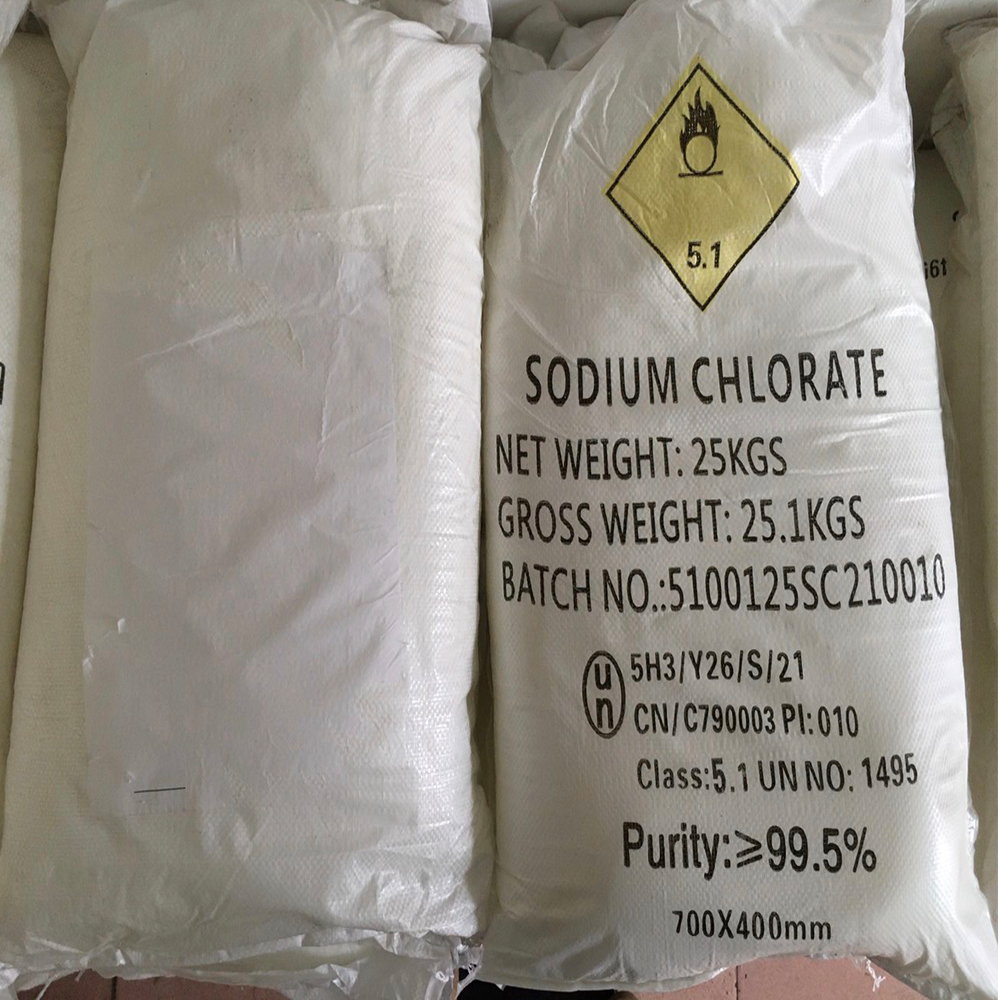



Sodium Hydroxide - Properties, Uses, and Safety Information
Understanding GHS Sodium Hydroxide A Comprehensive Overview
Sodium hydroxide, commonly known as lye or caustic soda, is a chemical compound with the formula NaOH. It plays a crucial role in various industrial processes and is known for its highly corrosive nature. According to the Globally Harmonized System of Classification and Labelling of Chemicals (GHS), sodium hydroxide is classified as a hazardous substance due to its potential for causing severe burns and injuries upon contact with skin or eyes.
Understanding GHS Sodium Hydroxide A Comprehensive Overview
In the food industry, sodium hydroxide is utilized in food processing. It is employed as a pH regulator, which is crucial in the production of various food products, including olives and pretzels. By facilitating the peeling of fruits and vegetables and enhancing the appearance and texture of food items, sodium hydroxide plays a beneficial role when used in controlled amounts.
ghs sodium hydroxide

However, despite its wide applications, the handling of sodium hydroxide requires stringent safety measures due to its corrosive nature. GHS classifications indicate that it can cause serious damage to the skin, eyes, and respiratory tract upon exposure. Thus, industries that deal with sodium hydroxide must provide appropriate safety training and personal protective equipment (PPE) to their workers. For instance, gloves, goggles, and face shields are critical to preventing accidents and injuries.
In addition to personal protection, workplace safety protocols should include proper storage and labeling of sodium hydroxide. Containers must be labeled according to GHS standards, clearly indicating the hazards associated with the substance, including its corrosive properties. Moreover, sodium hydroxide should be stored in a cool, dry place, away from incompatible substances such as acids, as reactions between these chemicals can release dangerous fumes and generate heat.
Furthermore, emergency preparedness is essential in environments where sodium hydroxide is handled. Spill response plans should be in place, with instructions on neutralizing spills using appropriate materials, such as vinegar or citric acid, to safely manage accidental releases. First aid measures should also be readily available, including access to eyewash stations and emergency showers.
In conclusion, while sodium hydroxide is an extremely useful chemical across various sectors, its hazardous nature necessitates the implementation of GHS safety standards. Understanding its properties, applications, and the necessary precautions can help prevent accidents and ensure safe usage in both industrial and consumer settings. The importance of educating workers and enhancing safety measures cannot be overstated, as it is vital for protecting human health and the environment from the dangers associated with this powerful alkali. By adhering to safety protocols and GHS guidelines, industries can harness the benefits of sodium hydroxide while minimizing risks.
-
Why Sodium Persulfate Is Everywhere NowNewsJul.07,2025
-
Why Polyacrylamide Is in High DemandNewsJul.07,2025
-
Understanding Paint Chemicals and Their ApplicationsNewsJul.07,2025
-
Smart Use Of Mining ChemicalsNewsJul.07,2025
-
Practical Uses of Potassium MonopersulfateNewsJul.07,2025
-
Agrochemicals In Real FarmingNewsJul.07,2025
-
Sodium Chlorite Hot UsesNewsJul.01,2025










